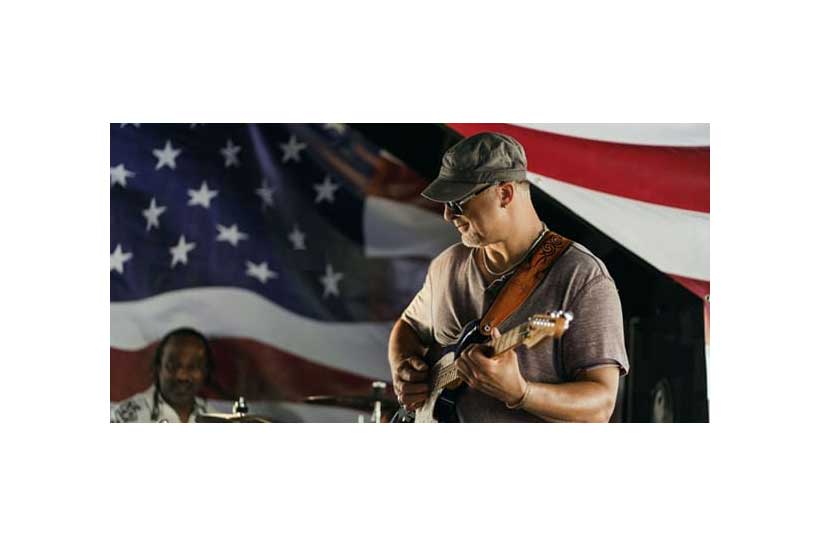When you think of the Pride Flag, you probably think of the brightly colored rainbow flag featured all over social media, especially during Pride Month. While that is probably the most common flag flown by the LGBTQ+ community, it isn’t the only one by any stretch of the imagination.
So, do you know your pride flags? Take a look at six of the most popular ones!
Gay Pride
The most famous flag in the LGBTQ+ Community is the traditional gay pride rainbow flag. From top to bottom, it follows the colors of a rainbow — red, orange, yellow, green, blue and purple — but it didn’t start out that way. The six-striped flag we know today actually started out with eight stripes:
- Hot pink, which signified sex
- Red, signifying life
- Orange, signifying healing
- Yellow, signifying sunlight
- Green, signifying nature
- Turquoise, signifying magic and art
- Indigo, signifying serenity
- And violet, signifying spirit.
Over time, some of these dyes became harder to obtain, so the eight-striped flag was reduced to six stripes, with the classic colors that we know and love today. The flag was initially created by a civil rights activist by the name of Gilbert Baker, who actually just passed away in 2017 at the age of 65.
Trans Pride
This is a unique flag in that it is designed to show the correct pattern no matter which way you hang it. Created by Monica Helms, a trans woman from Arizona, the flag is made up of three colors: light blue on the outer edges, then two stripes of pink and one stripe of white in the center. The blue and pink represent the two binary genders — male and female — while the white represents people who are transitioning or feel they have no sex.
Bisexual Pride
Pink and blue unite to make purple in the bisexual pride flag. First designed by Michael Page, this flag has a broad strip of pink on the top, a small piece of purple in the middle, and a large blue stripe on the bottom to represent loving people of the same and opposite genders.
The color pallet is based on an older symbol known as the ‘biangles’ — a blue triangle and a pink triangle — which merge to create purple. The biangle was, and in many circles still is, a symbol of bisexual pride.
Pansexual Pride
There are two explanations for the colors in the pansexual pride flag. The flag itself is made up of three even horizontal bands: pink on the top, yellow in the middle and blue on the bottom.
One group has stated that the colors represent women (pink), non-gender conforming individuals (yellow) and men (blue), while others believe the colors stand for loving women (pink), loving men (blue) and loving everyone else (yellow).
This is a reasonably new flag, appearing on the internet — primarily on Tumblr — in the mid-2010s, and no one has come forward to claim the flag’s creation as their own.
Lesbian Pride
There are two types of lesbian pride flags. The first is a solid purple flag with an inverted black triangle in the center, which also features a white double-headed ax. This was the first lesbian pride flag which appeared back in the 1970s.
The ax is a nod to Amazon warriors who used to carry that sort of weapon, and the black triangle is a reference to Nazi Germany, where gay men were forced to wear pink triangles and lesbians or women who were considered ‘antisocial’ wore black triangles. This flag was designed to take back ownership of that symbol.
The second flag, usually called the lipstick lesbian pride flag, is a striped flag made up of pinks, purples and whites, with a large lipstick kiss mark in the upper left-hand corner.
Straight Allies
Even if you’re not part of the LGBTQ+ community, that doesn’t mean you can’t support them. This flag features alternating black and white stripes and a rainbow chevron that resembles an A for allies. No one knows where this flag came from, but it emerged sometime in the late 2000s as a tool for straight allies to show their support.
Now that you know what some of these new flags look like, take the quiz to test your skills — let us know how you do!














